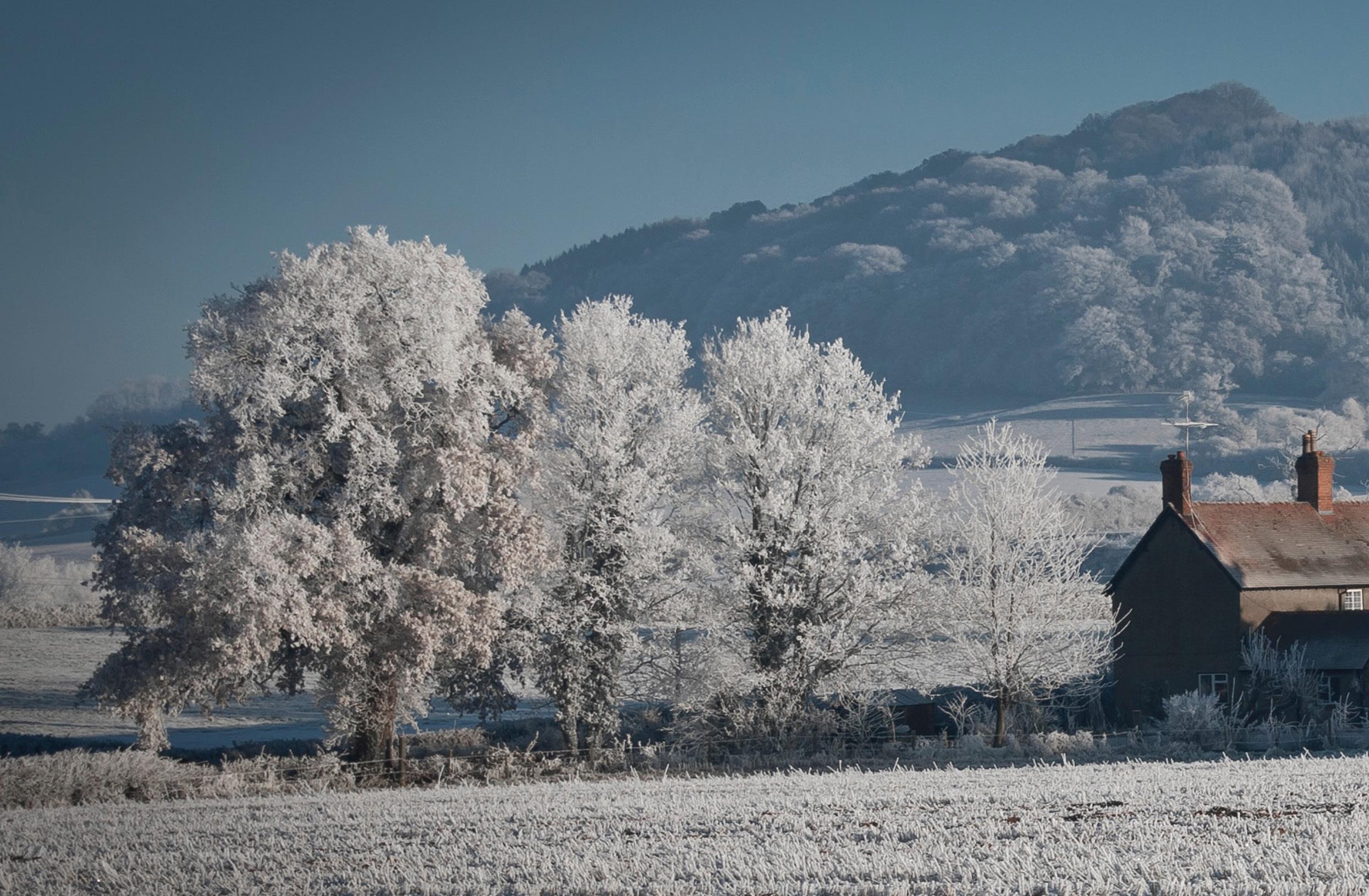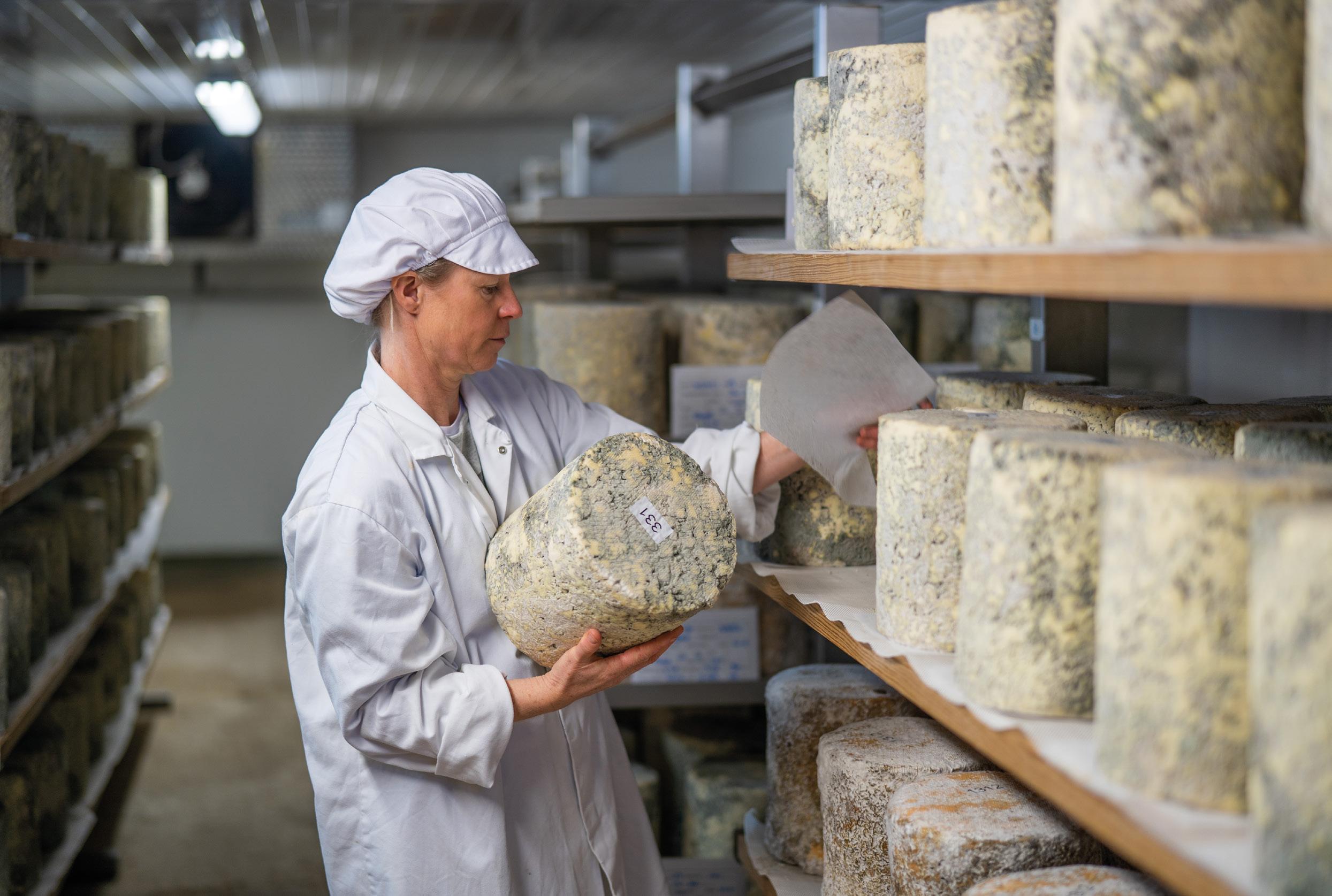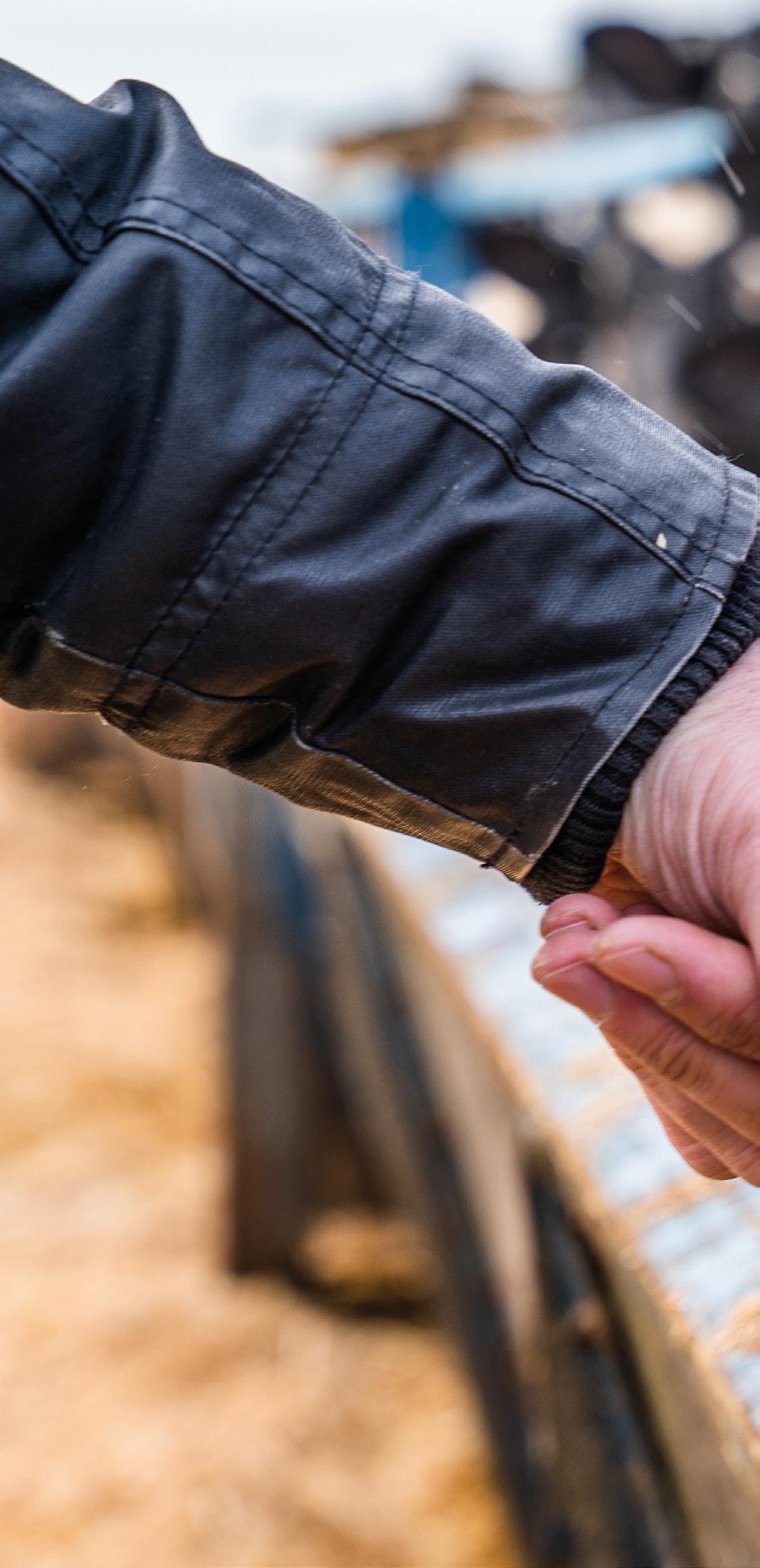
3 minute read
The Milk Cost
The Milk Cost of Production Survey 2019
Once again, in collaboration with The Farm Consultancy Group, we have been busy collating, analysing and evaluating our rural client data to provide you with a comprehensive and insightful breakdown on the state of the dairy industry. Below is a summary of the findings.
In many ways the results of our 2018/2019 dairy survey hold few surprises compared to general sentiment on the ground. A reminder firstly of the basis for the survey, which is a comparison of farms with March year-ends who derive their income mainly, or solely, from milk sales. In order to make the businesses comparable, rents, interest payments, drawings and capital expenditure have been excluded from normal profit figures and a labour charge of £30,000 has been included for each full-time partner or director.
The Basic Payment Scheme has also been excluded from the income figures. Depreciation is included.
On this basis, the headlines are that, while milk output per farm has remained relatively level between 2017/2018 and 2018/2019, the costs of producing milk have risen with the overall effect that Comparable Farm Profit (CFP) has fallen from 5.9p/litre (£383/cow) to 2.69p/litre (£141/cow) between the two years.
Despite lower milk output following the dry 2018 summer, the firmer milk price has offset that reduction in the results. On the cost side, it will come as little surprise that purchased feed costs are higher at £789/cow, up from £662/cow the previous year.
Both the results of the survey and most conversations with producers would suggest that wherever possible the effects of the dry 2018 summer have been ring-fenced into the last financial year, with most producers incurring higher feed costs to maintain condition and fertility. As such, it is hoped that there will be a smaller hangover into the current 2019/2020 year than many would have anticipated.
As usual, the survey also looks ahead at projections for the current trading year. Even half way through the year with a much better summer of forage production behind us, there are arguably more uncertainties over profitability now than there were at the same point last year, in particular, taking into consideration the uncertain longer term effects of Brexit.
Again, milk output is expected to be level with the previous two years with some key inputs (notably feed) expected to fall following better summer 2019 forage production. Factor in an expected fall in milk price year-on-year, coupled with better yields, could offset that drop. Overall, CFP is expected to rise by 0.71p/litre year-on-year to 3.4p/litre in 2019/2020 (a rise from £141/cow to £269/cow).
As in previous years, perhaps the most interesting comparisons are between the top and bottom 10% of producers by profitability. Within the sample, the top 10% of producers achieved a CFP of £585/cow with the bottom 10% making a loss of £471, a variance of £1,056/cow. While there continues to be an exodus of producers from the industry, it is clear that there remains a great number of farms producing milk efficiently.
While the most profitable producers do not necessarily come from any particular production system, it will inevitably be those businesses that can generate a real-world profit, taking into account rent, finance and labour costs, which will have the most opportunities going forward.
The Milk Cost of Production Survey 2019 is out now. If you would like a copy, which includes breakdowns and analysis to help benchmark your own dairy farm enterprise, please contact us. Alternatively you can download the full brochure with breakdown and analysis by going to om.uk/dairy.
Neil Cox and Dan Heal










